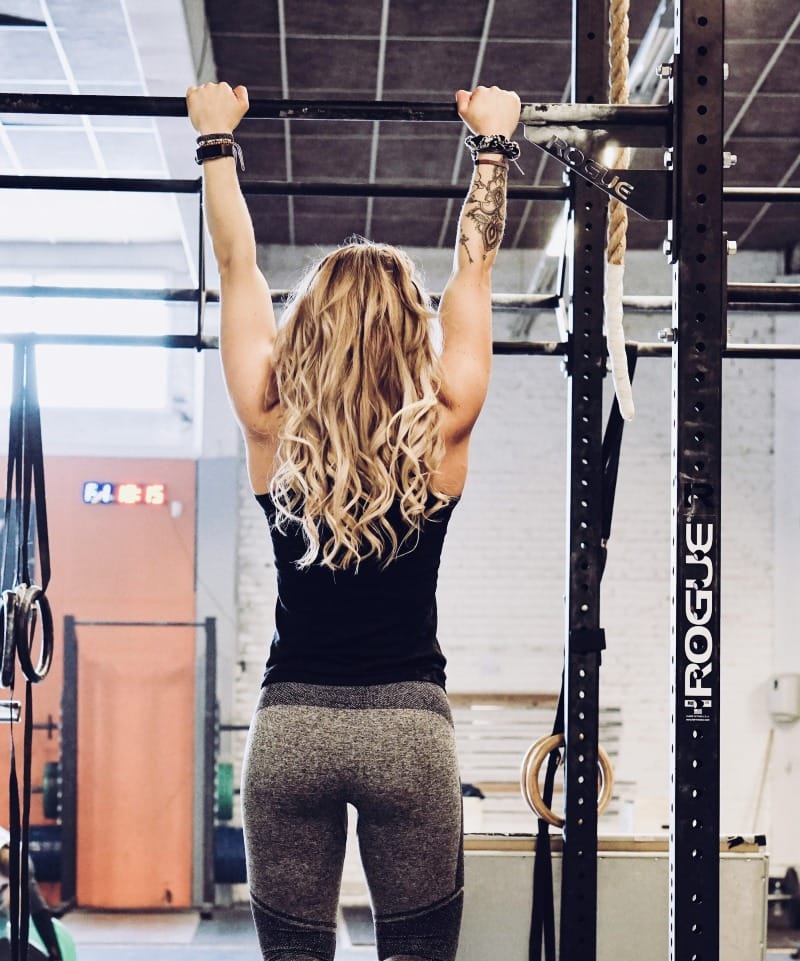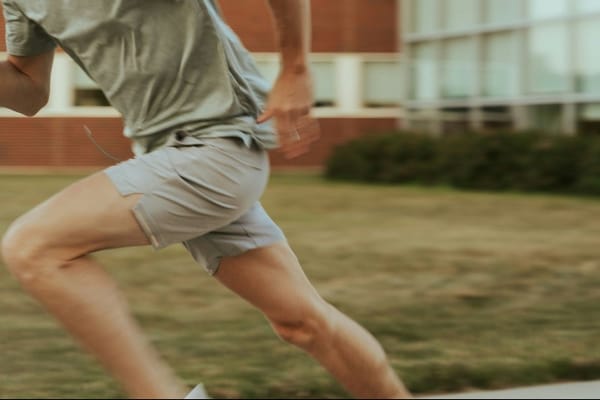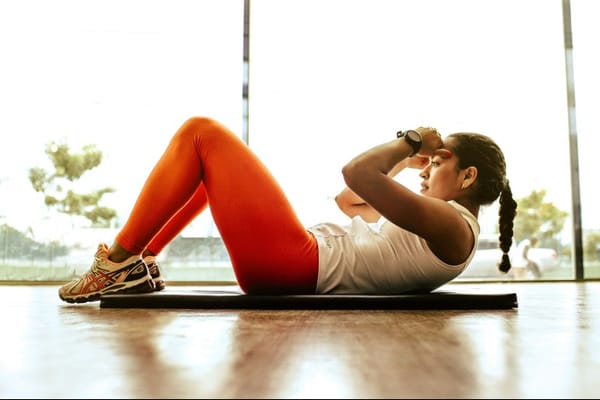Dead hangs are a simple yet powerful exercise that can have a significant impact on your overall health and fitness. This underappreciated movement involves hanging from a bar with straight arms, engaging multiple muscle groups and offering numerous benefits.
Key takeaways:
• Dead hangs improve grip strength and upper body endurance
• They can help decompress the spine and alleviate back pain
• Regular practice may enhance shoulder mobility and posture
• Dead hangs serve as a foundation for more advanced pulling exercises
The grip strength connection
One of the primary benefits of dead hangs is improved grip strength. A strong grip is not only crucial for various athletic activities but also serves as an indicator of overall health. Research has shown that grip strength can be a predictor of cardiovascular health and longevity[1]. By regularly performing dead hangs, you can enhance your grip strength, potentially contributing to better overall health outcomes.
Spinal decompression and back pain relief
For those who spend long hours sitting or engage in activities that compress the spine, dead hangs can offer relief. The hanging position allows gravity to gently stretch the spine, potentially alleviating pressure on the vertebrae and discs. This decompression effect may help reduce back pain and improve spinal health[2].

Shoulder mobility and posture improvement
Dead hangs can significantly impact shoulder health and posture. The exercise stretches the shoulder joint and surrounding muscles, potentially increasing range of motion and reducing the risk of shoulder impingement. Additionally, the hanging position encourages proper shoulder blade positioning, which can translate to improved posture in daily life[3].
Foundation for advanced exercises
Beyond their immediate benefits, dead hangs serve as an excellent foundation for more advanced pulling exercises like pull-ups and chin-ups. By building the necessary grip strength and shoulder stability, dead hangs prepare your body for these challenging movements, potentially reducing the risk of injury when progressing to more complex exercises.
Incorporating dead hangs into your routine
To reap the benefits of dead hangs, start by incorporating them into your routine 2-3 times per week. Begin with shorter durations, such as 10-15 seconds, and gradually increase the time as your strength improves. Aim for 3-5 sets per session, allowing adequate rest between sets.
As you progress, you can explore variations such as active hangs (engaging the shoulder blades) or single-arm hangs to further challenge your muscles and grip strength.
While dead hangs offer numerous benefits, it's crucial to maintain proper form and listen to your body. If you experience any pain or discomfort, especially in the shoulders or wrists, stop the exercise and consult a fitness professional.
By incorporating dead hangs into your fitness routine, you can potentially improve your overall health, posture, and physical performance. This simple yet effective exercise demonstrates that sometimes, the most impactful movements are the ones we often overlook.
References:
- Leong, D. P., et al. (2015). Prognostic value of grip strength: findings from the Prospective Urban Rural Epidemiology (PURE) study. The Lancet, 386(9990), 266-273.
- Mayer, J. M., et al. (2015). Lumbar spine traction: evaluation of effects and recommended application for treatment. Manual Therapy, 20(1), 52-57.
- Sahrmann, S. (2002). Diagnosis and treatment of movement impairment syndromes. Mosby, Inc.














Member discussion